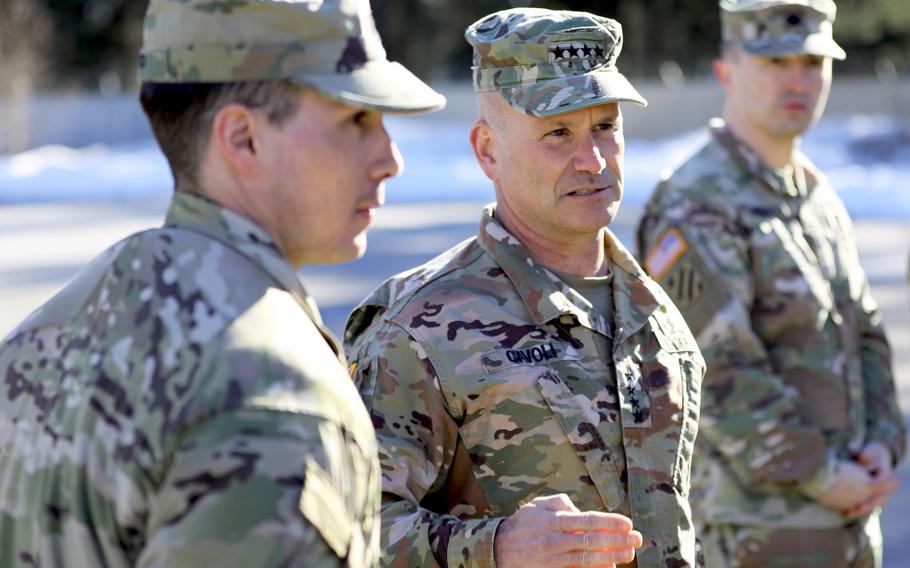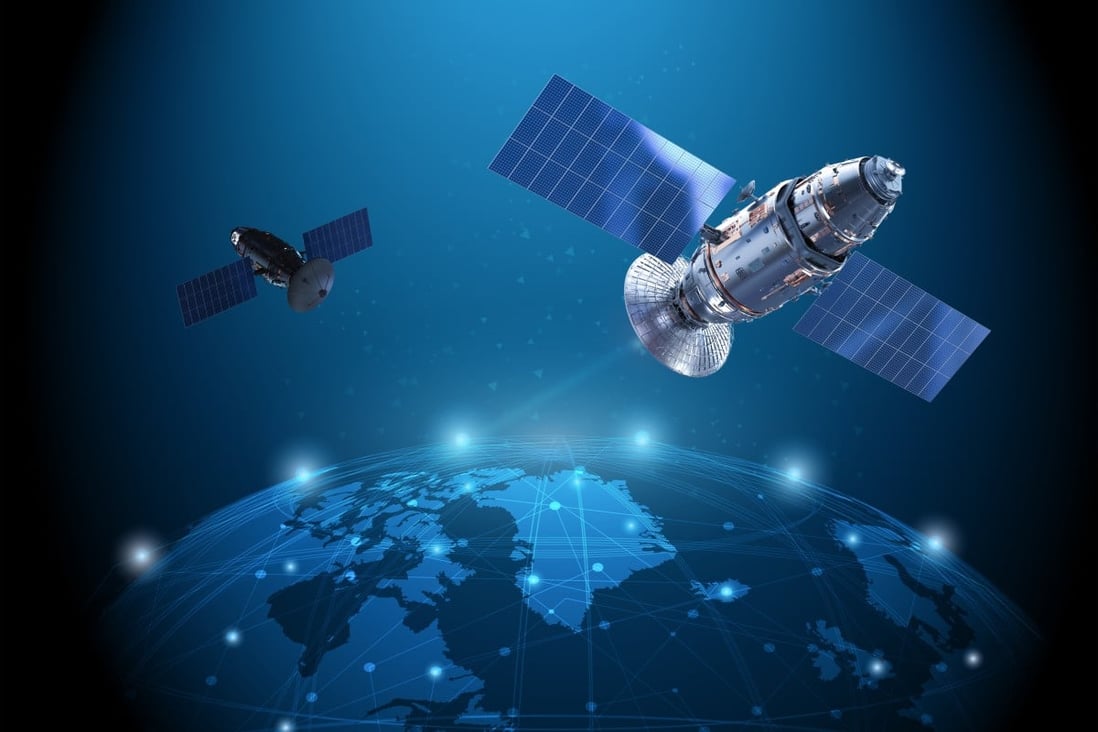Anders Fogh Rasmussen
This week China embarked on significant military exercises around the coast of Taiwan. It was the second such drill in less than a month and the latest in a series of provocations by Beijing designed to intimidate Taipei. This was the backdrop for my visit to Taiwan last week, the first official one by a former Nato secretary-general. I was there to declare my full support for freedom, democracy and the right of the Taiwanese people to decide their own future, in peace.
It was my second time on the island. I originally visited in 1994 as a young member of the Danish Parliament. Since then, Taiwan’s economy has boomed, becoming a leader in cutting edge technologies and an indispensable link in global supply chains. Even more importantly, its democracy has become a beacon of liberty not only in Asia but for the entire world.
Taiwan’s democratic transformation would be impressive under any circumstances. The fact it has happened while facing daily provocations from a nuclear armed neighbour makes it remarkable. Here, the parallels with Ukraine and Russia are hard to ignore. An authoritarian leader turning increasingly repressive at home and aggressive abroad, revanchist rhetoric about reuniting the motherland, a build-up of military equipment and personnel aimed menacingly at a smaller democracy next door. The democratic world failed to deter a Russian attack on Ukraine — we must not make the same mistakes with China. We must learn the right lessons from the war in Ukraine to prevent one in the Taiwan Strait.


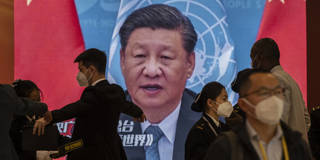


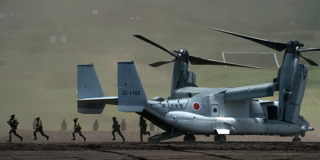
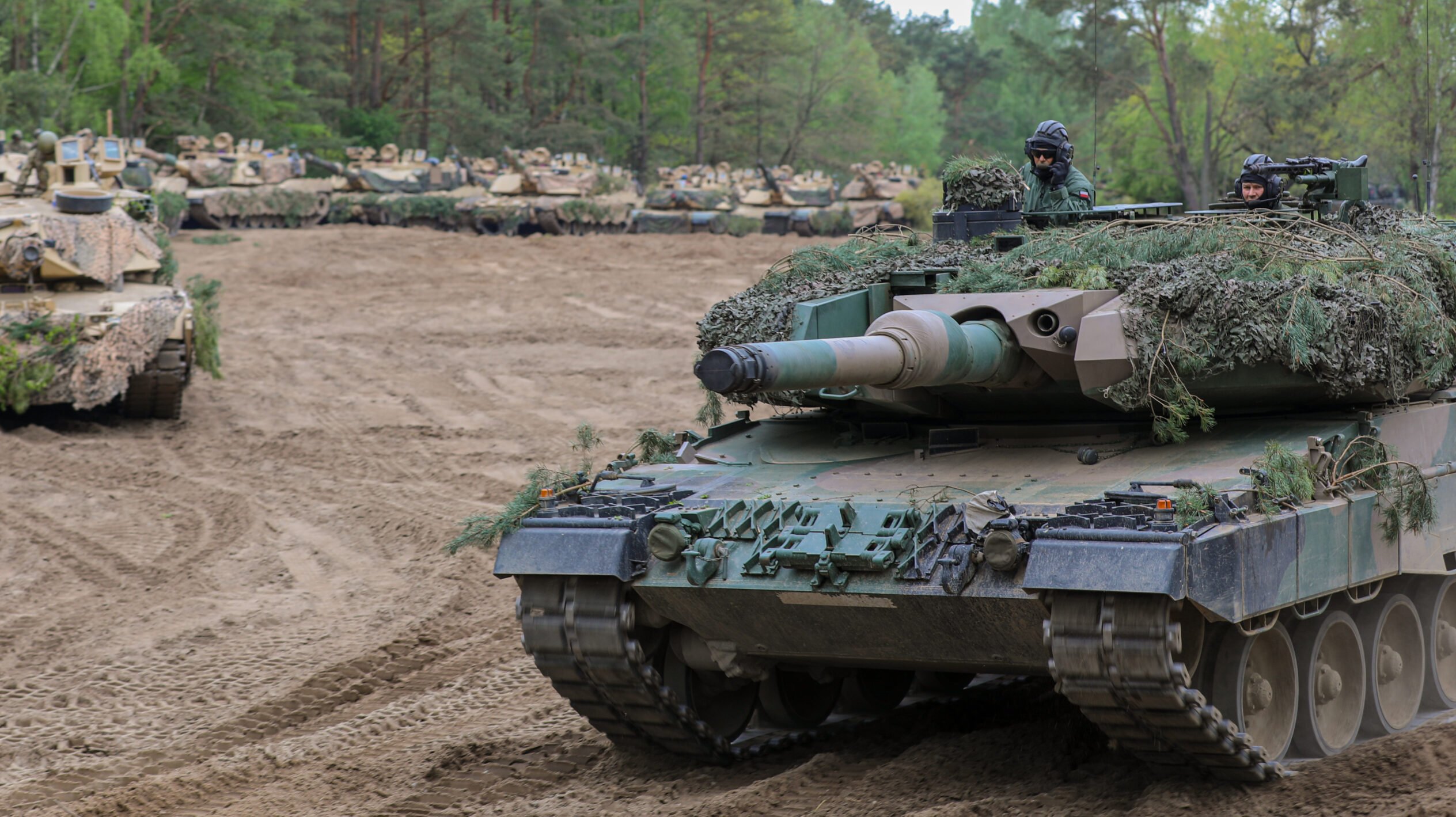
:format(jpeg)/cloudfront-us-east-1.images.arcpublishing.com/tgam/DBOVNJPV3ZKTPNSX5B4EWS3DGU.JPG)
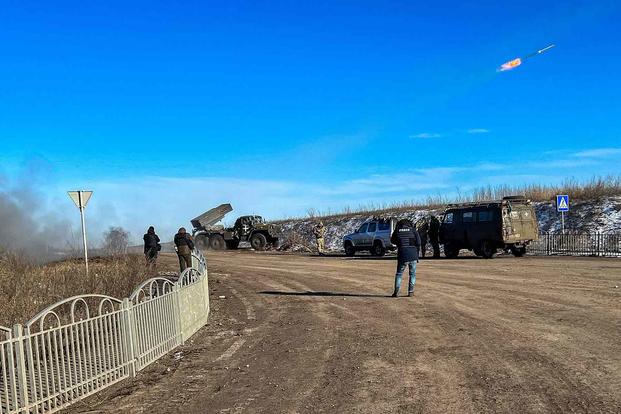

:quality(100)/cloudfront-us-east-1.images.arcpublishing.com/thesummit/GV2FPAV2BRGRTL7W45I4PELJAE.jpg)





